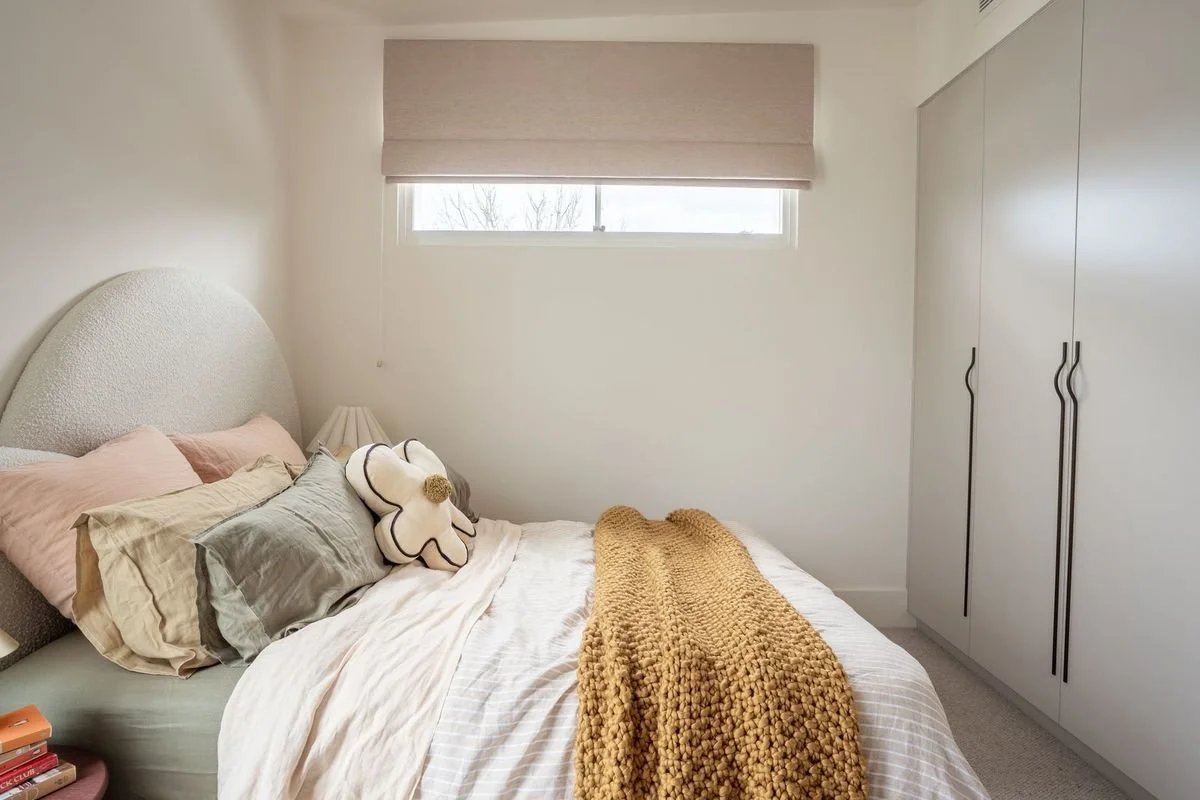Are Ready-Made Blinds Easier to Install Than Custom Ones?
When considering new window treatments, one of the first decisions to make is whether to go for ready-made or custom blinds. Both have their advantages, but if ease of installation is a priority, it’s important to understand the differences in how each type is installed. This can help you determine which option suits your DIY skills, timeframe, and preferences.
Ready-made blinds are generally easier to install because they come in standard sizes, meaning fewer adjustments are needed during installation. Custom-fitted options, while offering a more tailored fit, may take a bit more time and effort.
However, with clear instructions and the right tools, they can still be installed without much hassle.
Let’s break down the details further.
Pre-cut vs Custom Fit
Pre-cut options are mass-produced and come in standard sizes designed to fit a range of common window dimensions. This makes installation straightforward because you’re working with pre-measured parts that often require minimal modification. If your windows fall within standard sizing, you simply install the brackets, place the blinds, and you're done.
On the other hand, custom-fitted blinds are made specifically to your window’s dimensions. This means they provide a better fit, but they also require precise measurements before installation. If measurements weren’t taken properly or adjustments are needed, the installation process can become more complicated, adding extra steps.
Pre-cut options suit those looking for a quick and straightforward project, especially if your windows are standard in size. Custom options are ideal for those who want a perfect fit, even if it means investing more time in the process.
Installation Steps
While the basic installation process remains the same for both types, the difference lies in preparation.
For pre-cut blinds, the steps generally include:
Attaching the mounting brackets.
Fitting it into place.
Securing it with any finishing hardware.
This process typically takes less time because you don’t need to alter the blinds.
For custom blinds, the steps might include:
Attaching the mounting brackets.
Measuring and adjusting for precise placement.
Fitting carefully into place.
Ensuring it aligns perfectly with your window frame.
Securing them with additional adjustments if needed.
This requires more care during installation to avoid misalignment or gaps. Pre-cut blinds are a smoother option for DIYers with limited time, whereas custom versions demand patience and a little extra skill to get right.
Time and Complexity
If you're after a quick install, ready-made options typically win. Since they are pre-sized and don't require extra modifications, the process can be completed in less than an hour, especially for standard windows.
Custom options, while not necessarily difficult, often take longer. The extra time comes from the need to carefully measure, adjust, and ensure everything fits perfectly within your window frame.
For non-standard window sizes, this attention to detail is necessary to achieve the right fit. Ready-made blinds are the quicker solution for most projects, while custom-fitted ones provide a better end result for those willing to invest the time and effort.
DIY or Professional Help
Both ready-made and custom options can be installed by someone with basic DIY skills. However, ready-made options are more forgiving if measurements or placements aren’t perfect. They tend to have simpler instructions and more wiggle room in terms of errors.
Custom-fitted blinds may benefit from professional help, especially if you’re unsure about handling precise measurements and adjustments. For those comfortable with DIY, custom installations are still manageable, but they require more precision, making it less forgiving if things go wrong.
If you enjoy DIY projects and have experience, both options are doable. However, for larger, more complicated windows or a flawless finish, professional help may be the better choice for custom installations.
Final Thoughts
Choosing between ready-made and custom options depends on your window dimensions, DIY abilities, and the time you're prepared to commit. Pre-made versions are convenient for quick updates, while tailored solutions require more effort but deliver a perfect fit that enhances any room.
For those prioritising ease and style, pre-made choices suit most standard setups. If you're aiming for a precise finish, putting in the extra time and care often pays off.
Need assistance with your decision? Contact us for expert advice.
FAQ’s
-
Yes, some minor adjustments can be made, such as trimming the width or adjusting the length. However, this might not provide the same seamless fit as custom options, and modifying them could void the warranty.
-
You’ll typically need a drill, screws, measuring tape, a level, and a screwdriver. Custom ones might require additional tools if adjustments are necessary, such as a saw for trimming.
-
Yes, most custom options include detailed installation instructions tailored to your specific measurements, ensuring proper installation for a perfect fit.
-
Ready-to-purchase blinds are usually available immediately or within a few days. Custom ones, however, may take a few weeks to be manufactured and delivered depending on the complexity of the order.
-
Off-the-shelf blinds are often easier to replace due to their availability in standard sizes, while custom ones may require specific parts or re-ordering, which could take more time.


